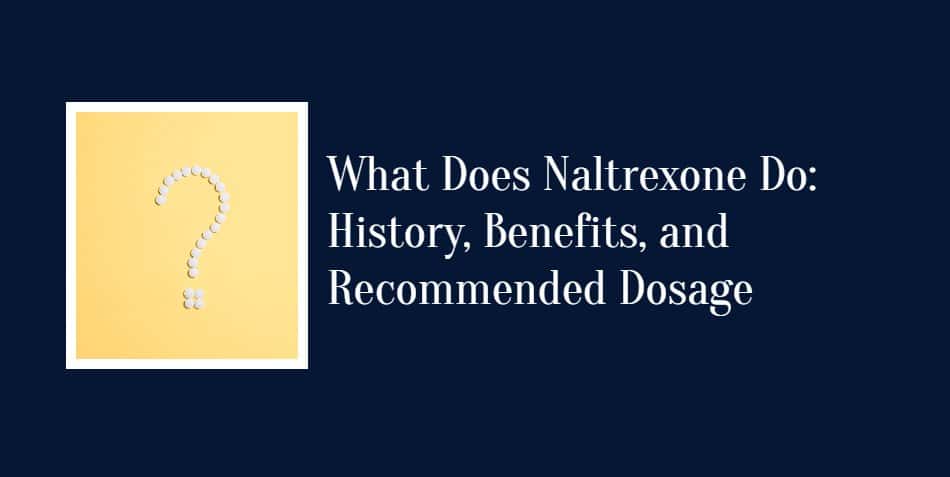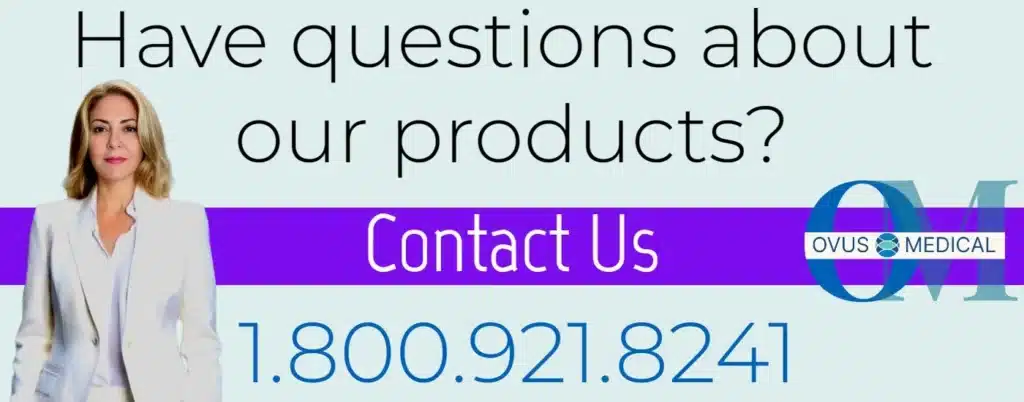Delve into the history, benefits, and recommended dosage of Naltrexone, a significant asset in the path to well-being and recovery. This blog post navigates its function, medical advancements, and aid for those battling addiction or specific health issues. Explore the realm of Naltrexone and unlock its promising capabilities. Substance abuse is insidious health and social problem that is often addressed through a variety of approaches. In many cases. Taking the law-enforcement approach of simply withholding the illegal drug from the abuser can have serious medical consequences. Helping addicts “kick the habit” through psychiatric counseling has met with limited success. Because the physiological urge to use the drug is still present. So, the question is – What Does Naltrexone Do?
Thus, the straightforward chemical approach of developing a “magic pill” to diminish the craving for the abused drug remains the best way of dealing with substance addiction. This is what brought about the development of the drug Naltrexone by a relatively small pharmaceutical research company called Endo Laboratories.
Buy Drug Test Here At Lowest Prices Guaranteed – Free Shipping
What Is Naltrexone?
Naltrexone is a pharmaceutical preparation approved by the US Food and Drug Administration to treat alcohol and opioid disorders. The drug was developed in 1963 and patented by Endo in 1967. When DuPont purchased the company, all its breakthrough products including naltrexone became the property of the new owner. However, it took the government’s initiative for this product’s use to become widespread.
The reason behind this is that the drug proved to have more value and applications in state-run programs than in families and private institutions. The state’s interest in finding a means of controlling heroin addiction is mainly the reason behind its strong support for clinical trials involving the drug. The National Institute on Drug Abuse has likewise bolstered the drug’s further development.
What does Naltrexone Do?
Classified as an opioid antagonist, naltrexone suppresses the drug user’s desire to take opioids. The medication does this by blocking the sedative and euphoric effects of opium-based drugs such as morphine, codeine, and heroin. Unlike earlier addiction-combating medications, naltrexone does not reduce the cravings for these opioid drugs by acting on the body’s opioid receptors. Instead, naltrexone blocks the action of these receptors by competitively binding with them.
When this happens, the person no longer possesses an urge to take these drugs because the pleasant or recreational experience these drugs normally provide would no longer be present. The whimsical answer to the question “what does naltrexone do” is that naltrexone takes all the fun out of drug abuse.
Because the user no longer gets high on drugs when he treated with this medication, he loses all the desire to keep taking them. But that’s not all: Naltrexone is also used by the medical profession to treat patients with alcohol use disorders by helping reduce their urge to “have another drink.”
How is it Used?
Like some other pharmaceutical products, naltrexone’s therapeutic action is a lot more immediate. When it is injected directly into the patient in an extended-release form. This is the recommended treatment strategy for treating patients with opioid use disorder. Before such treatment can carried out, however, it necessary for the patient to undergo a medically-managed detoxification period.
This usually takes seven to ten days — the time typically required to eliminate opioids from the bloodstream. Orally-taken and implanted versions of the drug have also found to be useful in such therapy. As earlier mentioned, naltrexone also used to treat alcohol abuse. It can help patients give up drinking altogether or, at the very least, reduce their alcohol consumption.
For alcohol abuse treatments, naltrexone usually taken orally, typically as a 50-mg tablet. Of course, as is the case with the usual management of alcoholism, this treatment should be accompanied by family support, counseling, and some lifestyle changes.
Lower-dose naltrexone products are also useful in managing other medical conditions including inflammation and pain, degenerative brain disorders, cancer, microglia, and irritable bowel syndrome. Naltrexone requires a prescription from the physician managing the drug abuse patient.
The medication can purchased from most of the well-equipped pharmacies or treatment facilities. Regarded as the most significant pharmaceutical breakthrough in the past half-century, this drug is now readily available.
Buy more Products at the Lowest Prices with Guaranteed Fast Shipping
Does it Really Help?
Naltrexone often considered a one-of-a-kind drug that has the potential to help an astounding number of people. Who want an effective means to rid themselves of substance addiction. What is delightfully unique about the drug is that. It not regarded as a costly cash-cow of the pharmaceutical industry. Rather, it viewed as an altruistic product that the industry has gifted the public health sector.
As such, it closely monitored by the government for efficacy and potentially adverse effects. Findings show that the medication has convincingly helpful to many people treated for substance abuse.
It has found to have relatively few contraindications and side effects. There are also few, if any, adverse drug events associated with its use. To get answers to all your queries on what does naltrexone does check out the Ovus Medical blog site.
Conclusion
Naltrexone is a groundbreaking medication that offers hope to individuals struggling with opioid and alcohol use disorders. By blocking the effects of opioids and reducing cravings, it helps patients break free from the cycle of addiction. Its versatility, effectiveness, and relatively low risk of side effects make it a valuable tool in addiction treatment.
For those seeking to overcome substance abuse, naltrexone, combined with counseling and support, can significantly improve the chances of long-term recovery. To learn more about naltrexone and its applications, visit the Ovus Medical Blog for detailed information and resources. If you or a loved one is struggling with addiction, consult a healthcare provider to see if naltrexone is a suitable treatment option.
FAQs
- What is naltrexone?
Naltrexone is an FDA-approved medication used to treat alcohol and opioid use disorders by blocking the effects of opioids and reducing cravings. - How does naltrexone work?
Naltrexone is an opioid antagonist that blocks opioid receptors in the brain, preventing the euphoric and sedative effects of opioids and reducing the urge to use them. - What conditions does naltrexone treat?
Naltrexone is primarily used to treat opioid use disorder and alcohol use disorder. It is also used off-label for conditions like chronic pain, inflammation, and irritable bowel syndrome. - How is naltrexone administered?
Naltrexone can be taken orally as a tablet, injected as an extended-release formulation, or implanted for long-term use. - What are the side effects of naltrexone?
Common side effects include nausea, headache, dizziness, fatigue, and insomnia. Serious side effects are rare but may include liver damage or severe allergic reactions. - Can naltrexone be used during detox?
No, naltrexone should only be used after a patient has completed detoxification (7-10 days opioid-free) to avoid triggering withdrawal symptoms. - Is naltrexone addictive?
No, naltrexone is not addictive because it does not produce euphoric effects or physical dependence. - How effective is naltrexone for treating addiction?
Naltrexone has been shown to be effective in reducing cravings and preventing relapse in patients with opioid and alcohol use disorders, especially when combined with counseling and support. - Can naltrexone be used for alcohol addiction?
Yes, naltrexone is FDA-approved to treat alcohol use disorder by reducing the urge to drink and helping patients maintain sobriety. - Where can I get naltrexone?
Naltrexone requires a prescription and can be obtained from pharmacies or treatment facilities. It is often covered by insurance for addiction treatment.


